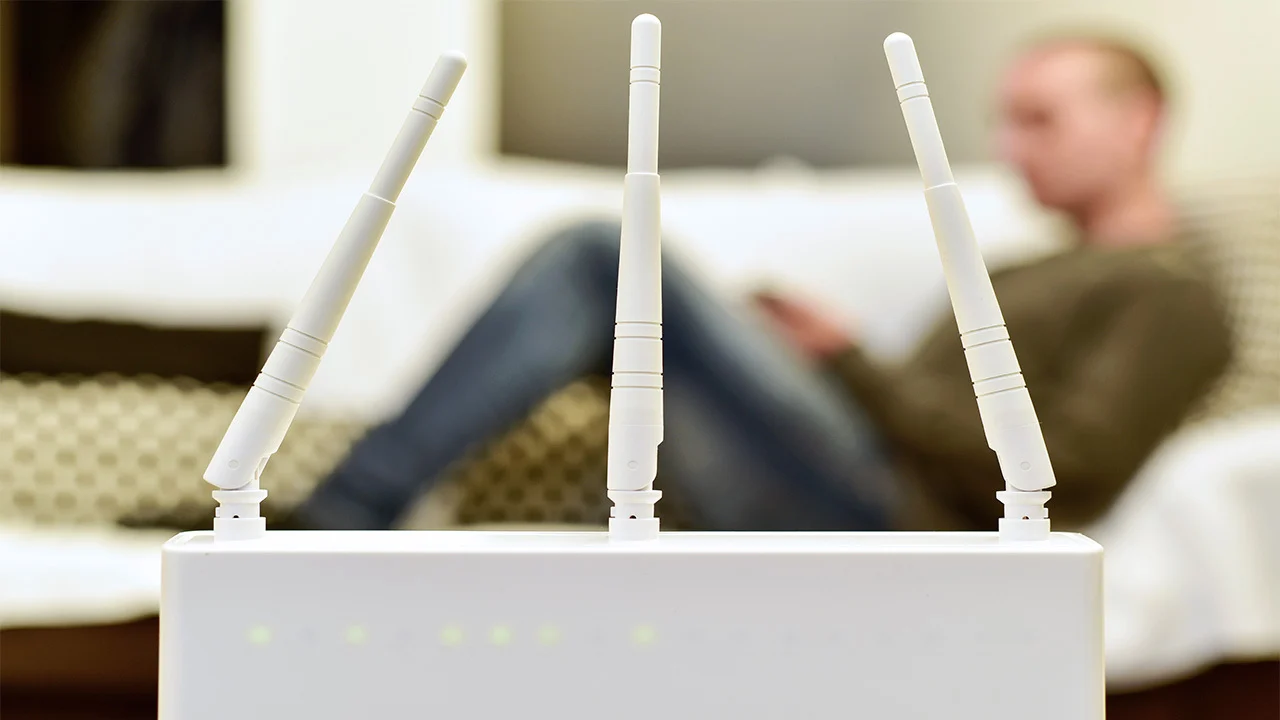To speed up your internet, follow these simple steps; Resetting your router, clearing the cache, and changing DNS settings are among the things you can do. Launch your task manager or activity monitor if your MacBook is running slowly but other devices seem unaffected and look at processes that are currently running on the computer to see if there could be any unnecessary programs hogging bandwidth.
Update Your Router
Resetting your router might be one of the quick and easy ways to deal with slow internet speeds. This will clear out cache and background data that may be slowing it down, as well as help it find free wireless channels.
To reset your router use either a PIN or a reset button usually found at the back of the device or unplug it from its power source and wait for 60 seconds before replugging it back. After plugging it back in wait for the light to come on ensuring a fully rebooted system. This indicator shows that your device has been rebooted after resetting it completely (please note: factory resetting deletes all of the routers’ configurations making them return to their default status).
Clearing Cache
One of the main reasons why the internet becomes slow is due to issues with caches and cookies. The browser saves web data copies in its cache so that pages load quickly therefore making network tasks on your pc faster.
Regularly clearing the cache means seeing current content all the time because cached files may lead to a website taking longer than expected before loading or not opening at all.
Many browsers have a three-dot menu located at their top right corner which enables you to get rid of caches within seconds. To carry out this action just click on “More tools or settings” and then choose “Delete browsing history, cookies, and cache files” to remove everything about browsing from your computer memory.
When you clear out your browser’s cache, it will have to re-download some website data which may take awhile before the page is fully loaded. However, frequently clearing your browser’s cache and cookies will maintain a smooth running of your system.
Additionally, you should update the firmware on your router for faster speeds and ensure that all of your devices are running on the latest software versions, also try to limit apps and programs that connect directly to the internet since these slow everything down.
Update Your Device
Many things can slow down your internet but some are easy to fix while others may require an expert. Simply move or upgrade your router and periodically clear the cache on your device; these are just some of the solutions that can work well for you. Others include adding a Wi-Fi extender or using a VPN service to get more bandwidth.
Background tasks consume too much bandwidth therefore causing connection slowdowns; closing unused tabs in browsers as well as unnecessary programs can help speed up. Also, some ad-blockers are free because ads take up valuable bandwidth.
By updating device drivers and firmware, bugs can be fixed and performance improved. When browsing the internet or playing games, hardware manufacturers often provide updates that can significantly increase speed and reduce lag. For instance, updates could correct audio playback errors or problems with video compression that may make these experiences less enjoyable.
When your computer runs slowly but everything else is fine it could be a sign that you have malware on your computer. They slow down your internet browsing and consume many resources. To be on the safe side run a full scan using malware removal software straight away. Again you may need to change to a faster Internet plan depending on your requirements. Enter your zip code here to see what options are available in your area.
Mobile Router
Netflix streaming or gaming through Twitch requires an adequately fast internet connection. If there are dead spots in Wi-Fi or slow speeds preventing this, there are multiple potential solutions such as general repairs, hardware repairs, software updates or even moving your router.
ISPs rent modems which they place at locations they think would work best for their networks. Thus, it may be along the route of access to your home (Hayward 2013). Moving it will require a long Ethernet cable or unplugging and rewiring.
A signal will spread more quickly if you move your router to a room with plenty of free space around it. Make sure not to put it near any walls, furniture, or electronic devices like radio frequencies that might interfere with the signal.
If you cannot move your router then consider getting a Wi-Fi repeater which will eliminate dead spots while extending wireless range. These small electronic devices plug into your router and boost the signal while keeping the same SSID and password settings so that you can connect from further away.<



